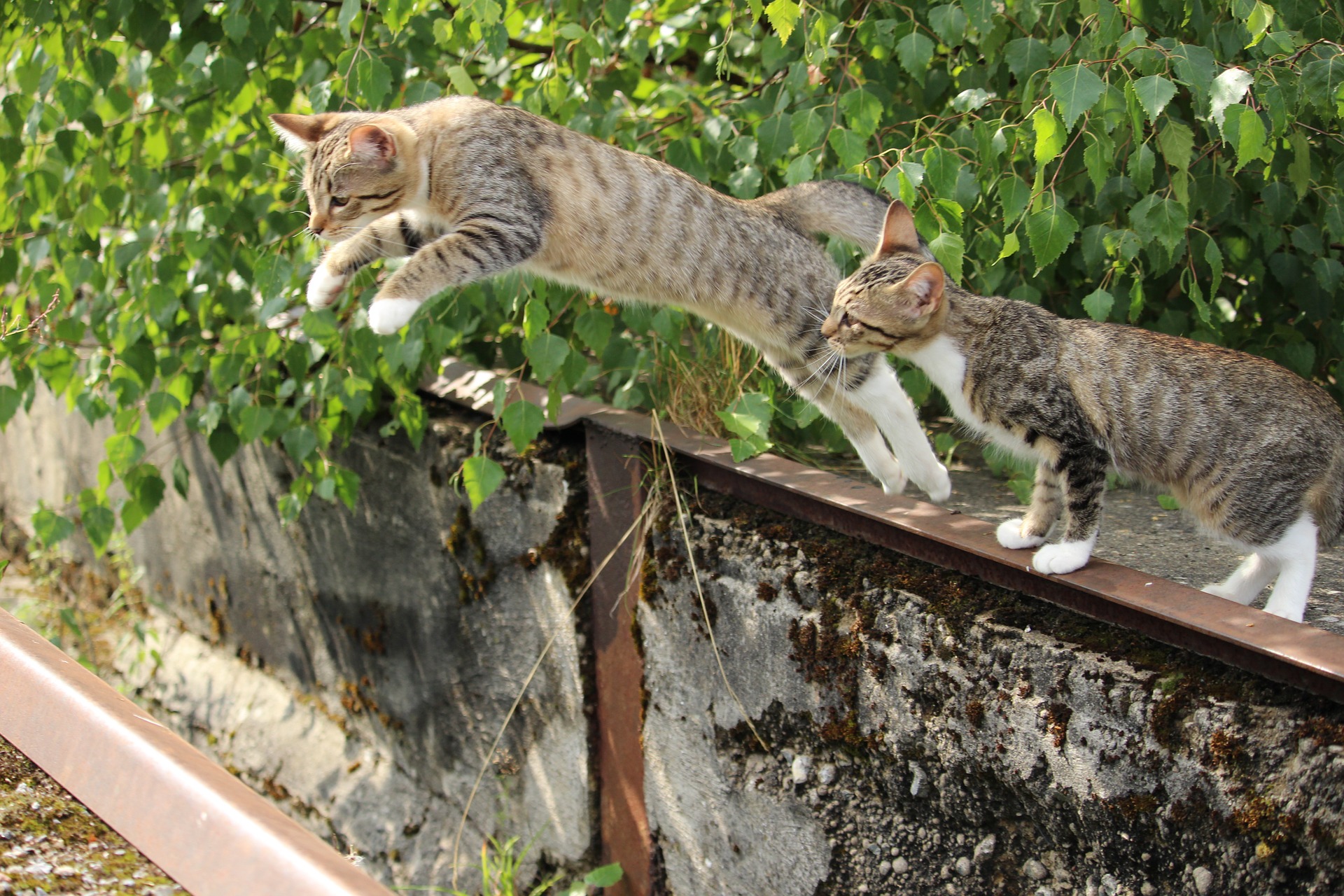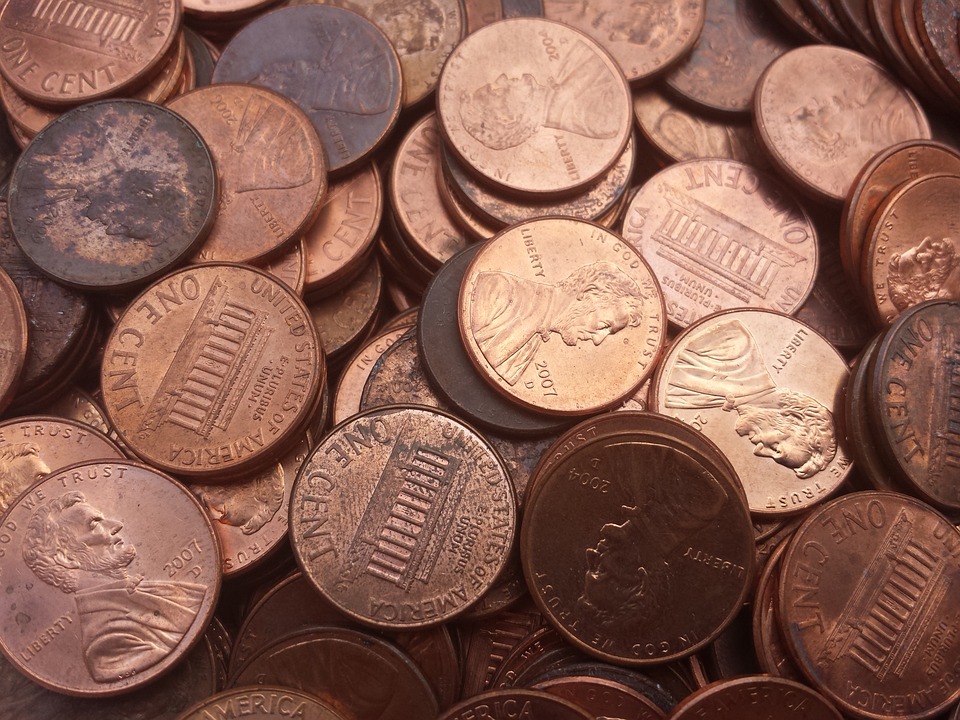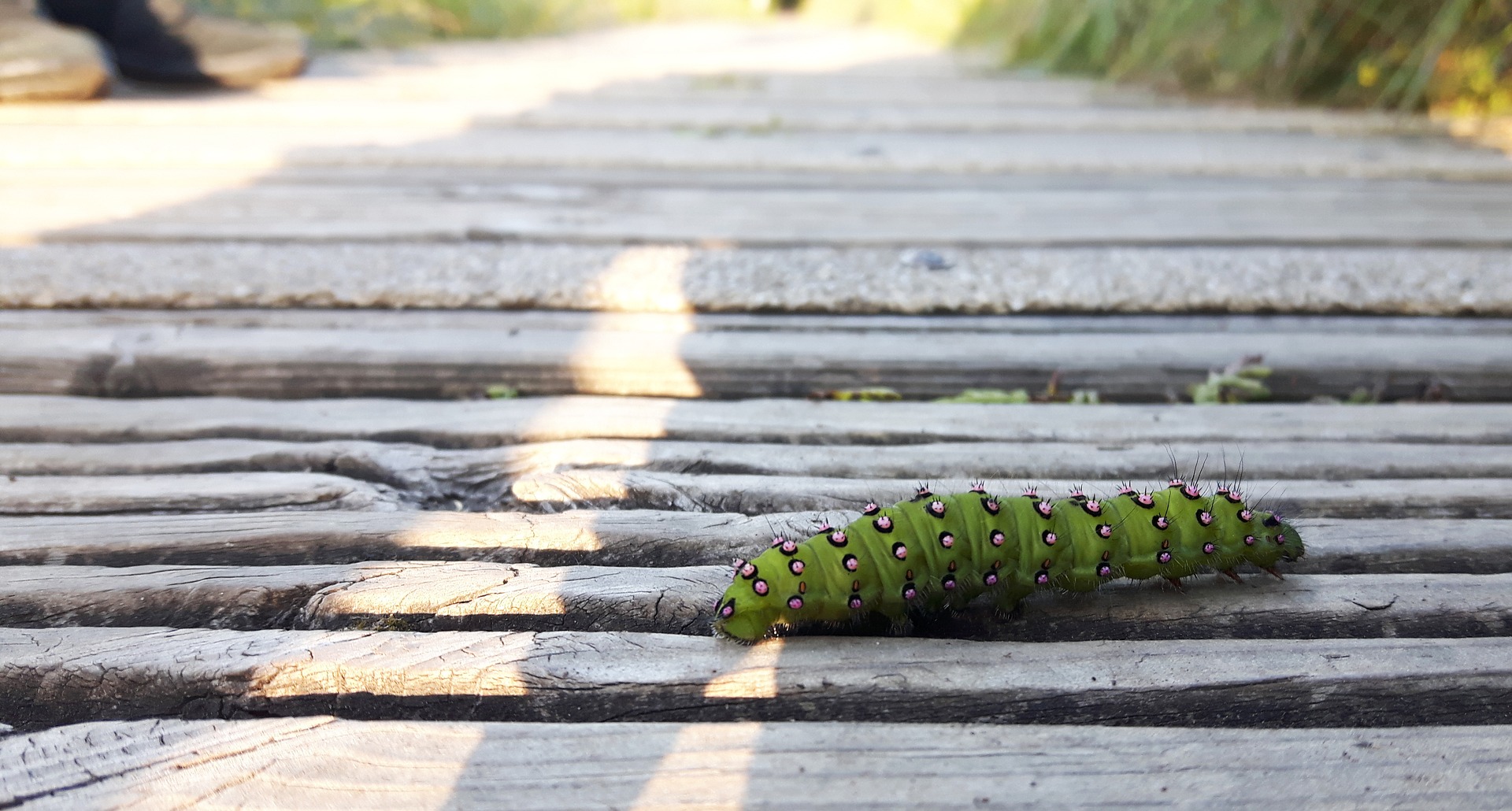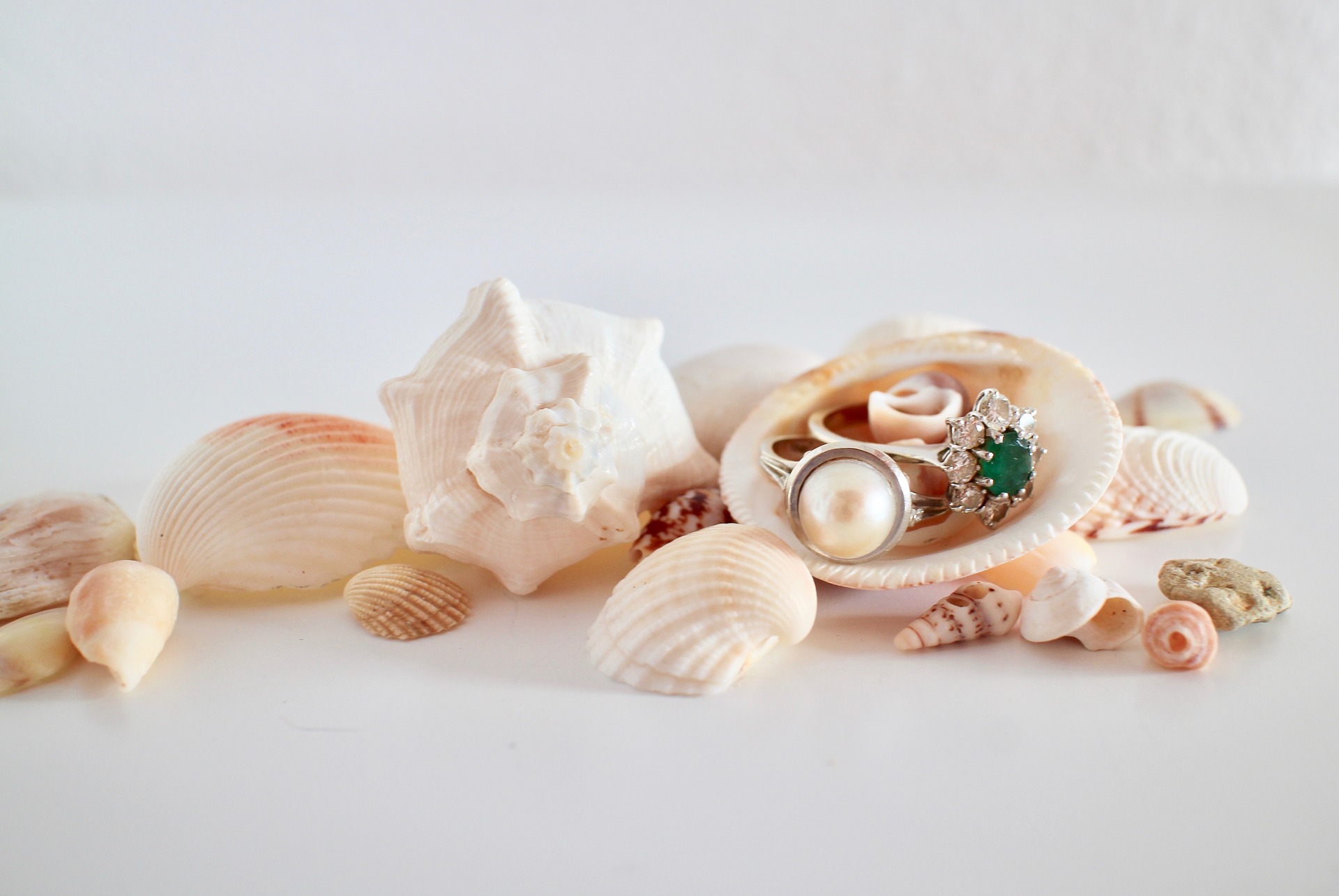What’s the best way to write a secret message?
Let’s find out! Choose 2 or more of the methods below and test how well they work. Show us your results in the comments below! Which method do you think works best?
You need: paper, a white crayon, watercolor paints, paint brush, cotton swabs, lemon juice, hair dryer, baking soda, water, grape juice, cups
Method 1: Use a white crayon to write a message on a piece of paper. Paint over the paper with watercolor paints to reveal the message.
Method 2: Dip a cotton swab in lemon juice and use it to write a message on a piece of paper. When you are ready to read your secret message or show it to someone else, heat the paper by holding it close to a light bulb or using a hair dryer on the hot setting.
Method 3: Measure equal parts of baking soda and water into a cup. Stir until the baking soda and water are completely mixed. Dip a cotton swab in the mixture and then, pressing firmly, write a message on a piece of paper. Let the message dry completely. Pour some grape juice into a separate cup. When the paper is dry, dip a new cotton swab in the grape juice and rub it across your message. The hidden message should begin to reveal itself.
Method 4: Research some other secret message solutions and test them out!

















